What does the future hold for ASEAN?
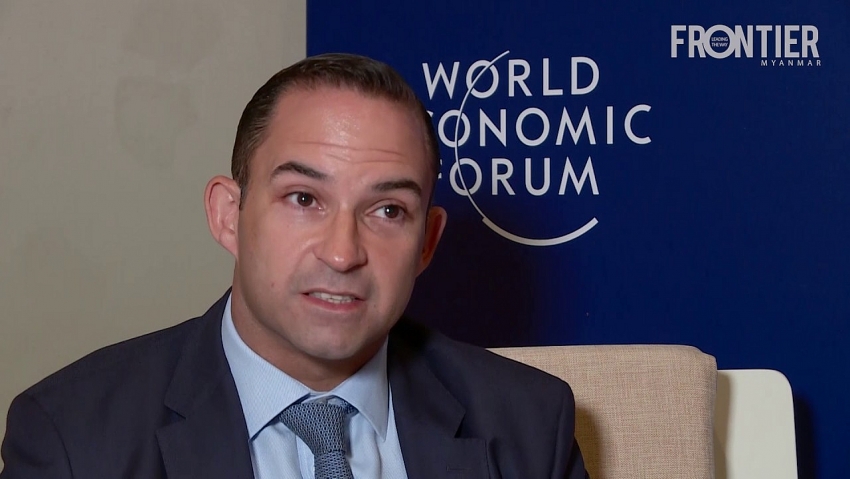 |
| David Wijeratne, PwC’s Growth Markets Centre leader |
On September 12, David Wijeratne, PwC’s Growth Markets Centre Leader, will present findings of a PwC report on the future of ASEAN at a press conference at the World Economic Forum on ASEAN meeting in Hanoi.
ASEAN – a unique growth story
2017 marked the 50th anniversary of ASEAN, which is a unique achievement considering the conflicts and poverty which characterised the region in the first half of the 20th century.
Since its inception, ASEAN has not only doubled its membership, but has also successfully weathered both the Asian financial crisis of 1997 and the global economic crisis of 2008–2009, to become the sixth-largest economy globally. Along this remarkable growth journey, ASEAN has managed to balance economic growth with human development to lift millions of people out of poverty across the entire region.
However, a number of challenges, including a slowdown in short-term economic growth, weak workforce productivity, an ageing population, an over dependence on external trade and major voids in infrastructure and national institutions raise questions about the sustainability of ASEAN’s growth story.
Time to act
‘The Future of ASEAN – Time to Act’presents a view as to how ASEAN needs to progress from an era of passive growth, and take more proactive measures to continue to attract investments, develop institutions, and evolve its people and technological capabilities.
The private sector will also have a major role to play in strengthening the region’s growth prospects over the coming years, but this will require companies not only to provide new products and services to meet varying consumer preferences, but also to work more closely with governments to develop the right conditions for businesses to prosper.
David Wijeratne, partner and PwC’s Growth Markets Centre leader, said: “Going forward, we see significant growth opportunities for the private sector across a number of industries in ASEAN however, given the dynamics and challenges of ASEAN, along with the ever evolving and demanding needs of consumers in the region, companies will need to adopt innovative strategies to succeed.”
These new strategies fall under a set of common themes:
- Localisation: Transition to more localised sourcing, productions and sales through the development of regional hubs to serve ASEAN consumers;
- Digitalisation: Adoption of digital capabilities to improve the production and transportation of goods and services, as well as the communication with consumers and businesses;
- Partnerships and Alliances: Development of partnerships and alliances, particularly cross sector and with industry disruptors (like Fintech), as companies try to stay relevant and competitive whilst meeting consumers expectations in a profitable manner.
“ASEAN can be proud of what it has achieved in the past 50 years, but the time of passive growth is over. Global growth needs ASEAN to fulfil its potential and grab hold of its future, now is the Time to Act,” Wijeratne said.
What the stars mean:
★ Poor ★ ★ Promising ★★★ Good ★★★★ Very good ★★★★★ Exceptional
 Tag:
Tag:
Related Contents
Latest News
More News
- Vietnam's new tax regulations reflect global tax trends (December 08, 2023 | 17:41)
- Businesses becoming active in the circular economy (September 25, 2023 | 09:00)
- Salary gaps must be addressed through upskilling (July 06, 2023 | 09:16)
- Navigating challenges and embracing succession: Insights for Vietnamese family businesses (July 04, 2023 | 11:32)
- Family governance of utmost priority for business success (June 22, 2023 | 14:00)
- PwC: Family businesses in Vietnam need to transform to build trust (June 13, 2023 | 16:56)
- E-commerce competition: a story of past and future (May 30, 2023 | 11:28)
- Flexibility desired for infrastructure (May 18, 2023 | 11:19)
- Enhancing functionality in infrastructure (May 08, 2023 | 10:50)
- Asia-Pacific Capital Projects & Infrastructure Summit spotlights sustainability (April 28, 2023 | 10:30)

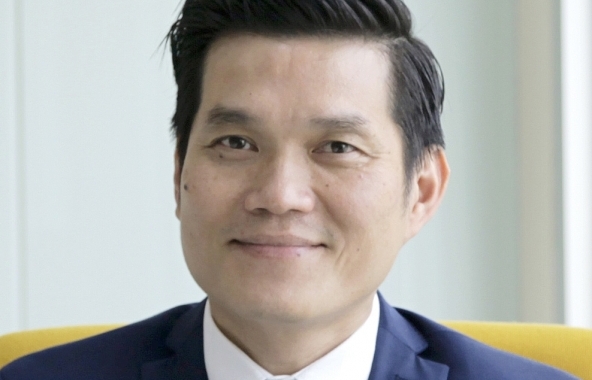
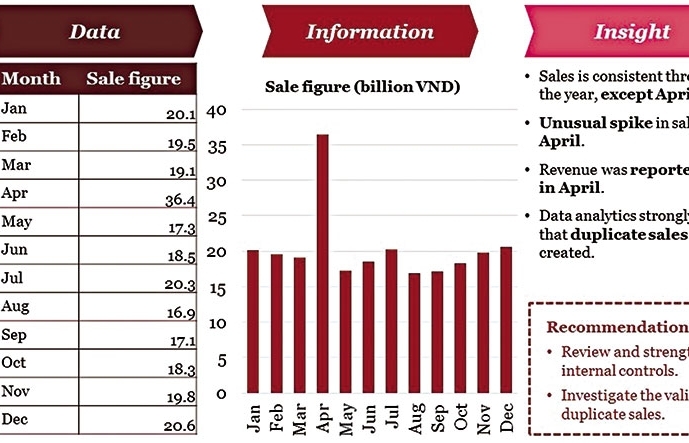
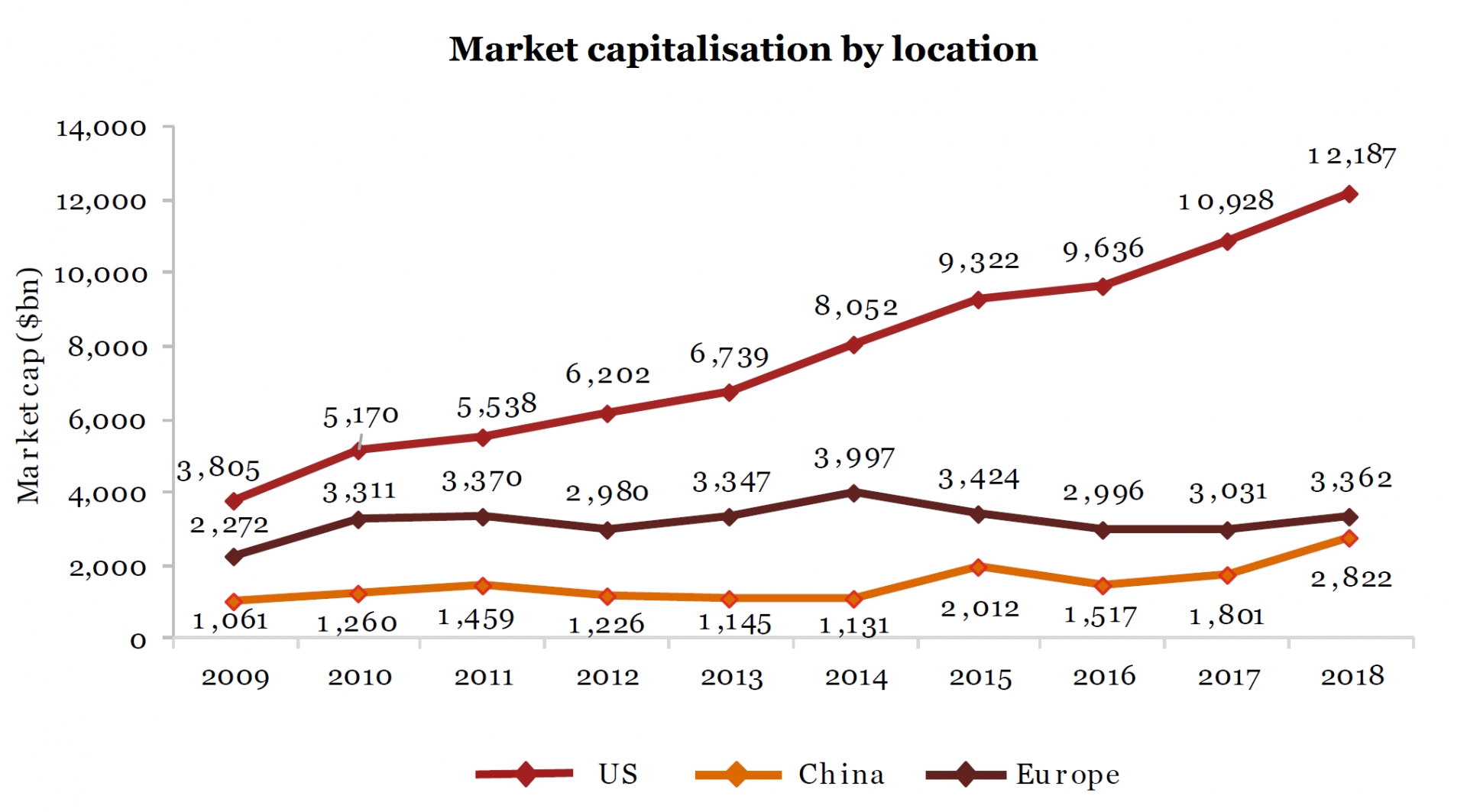

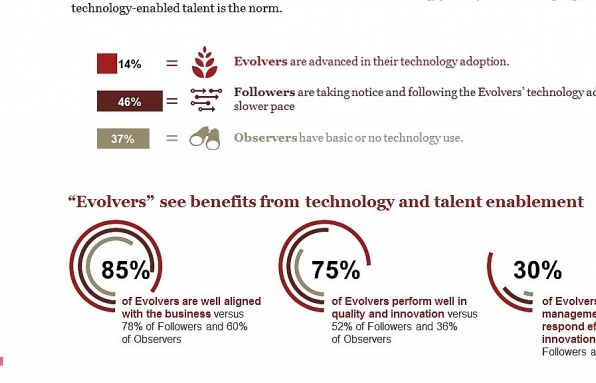
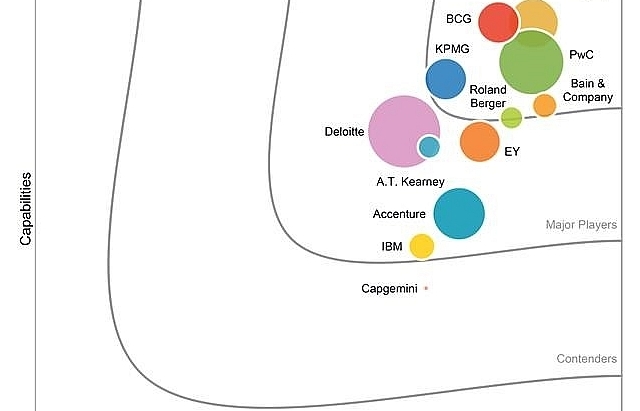

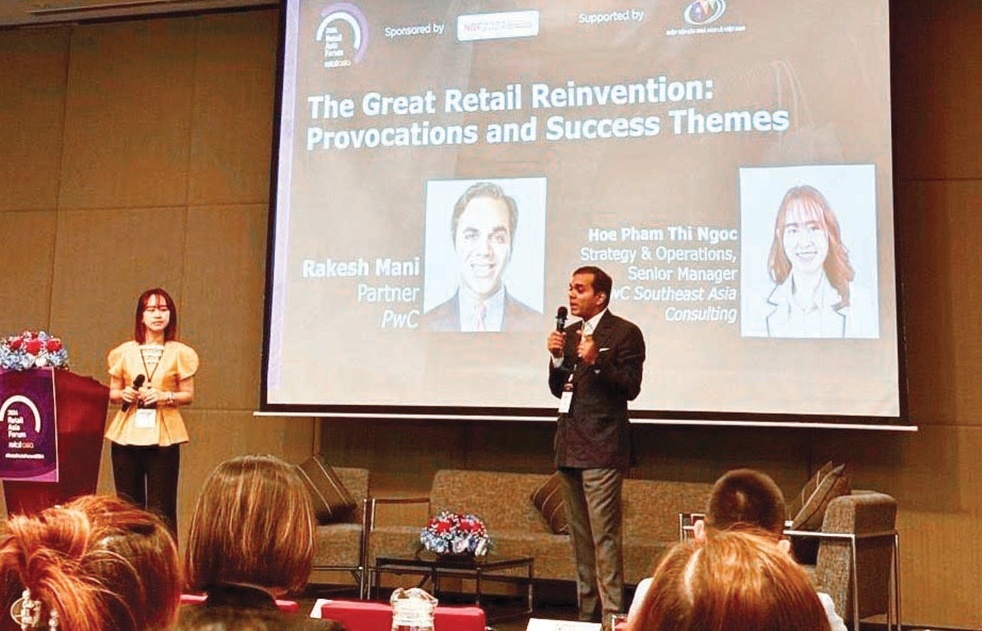
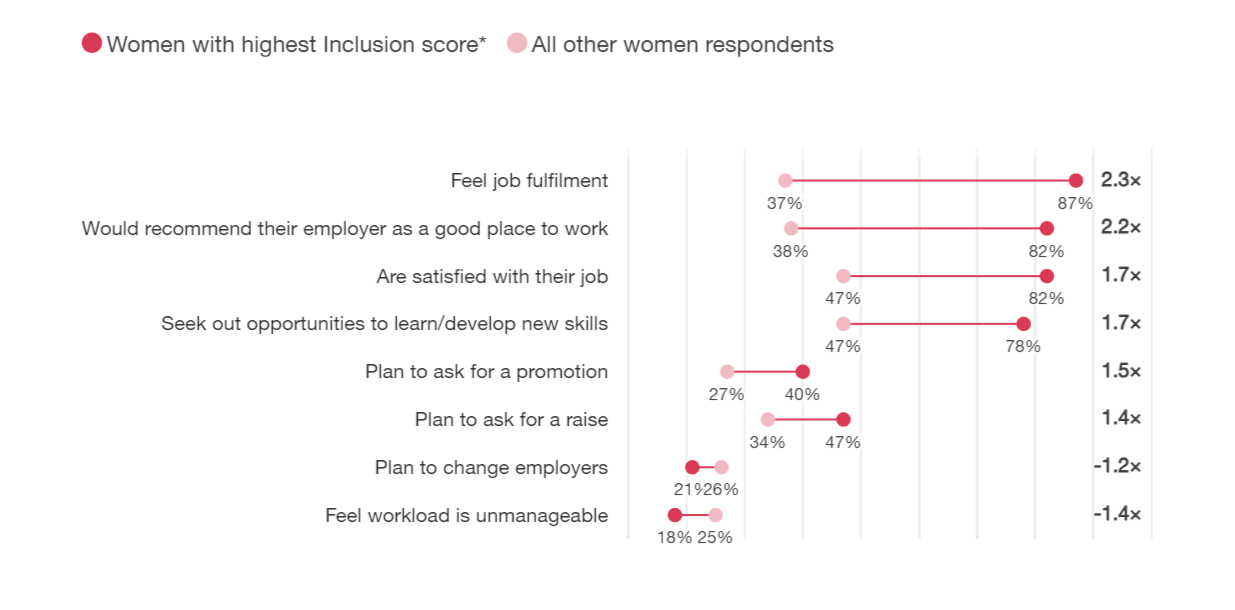


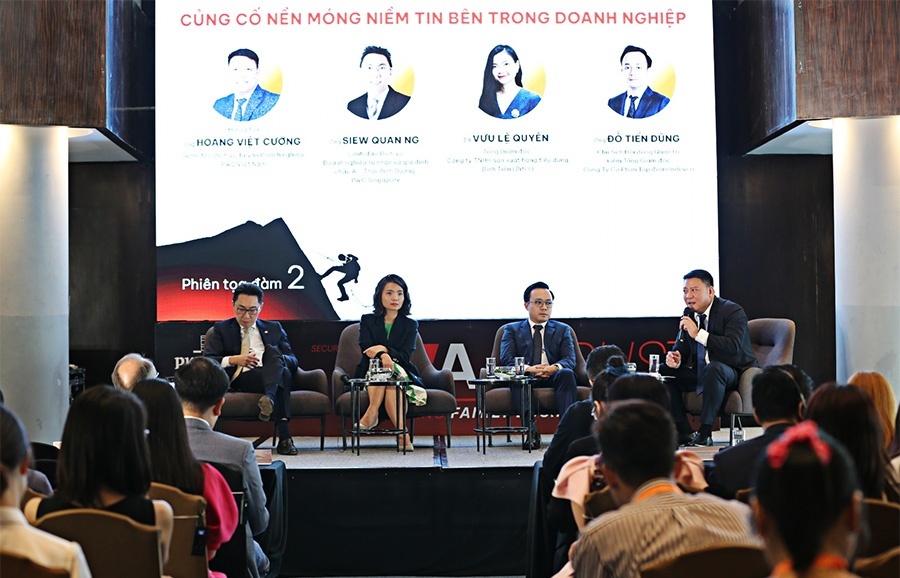

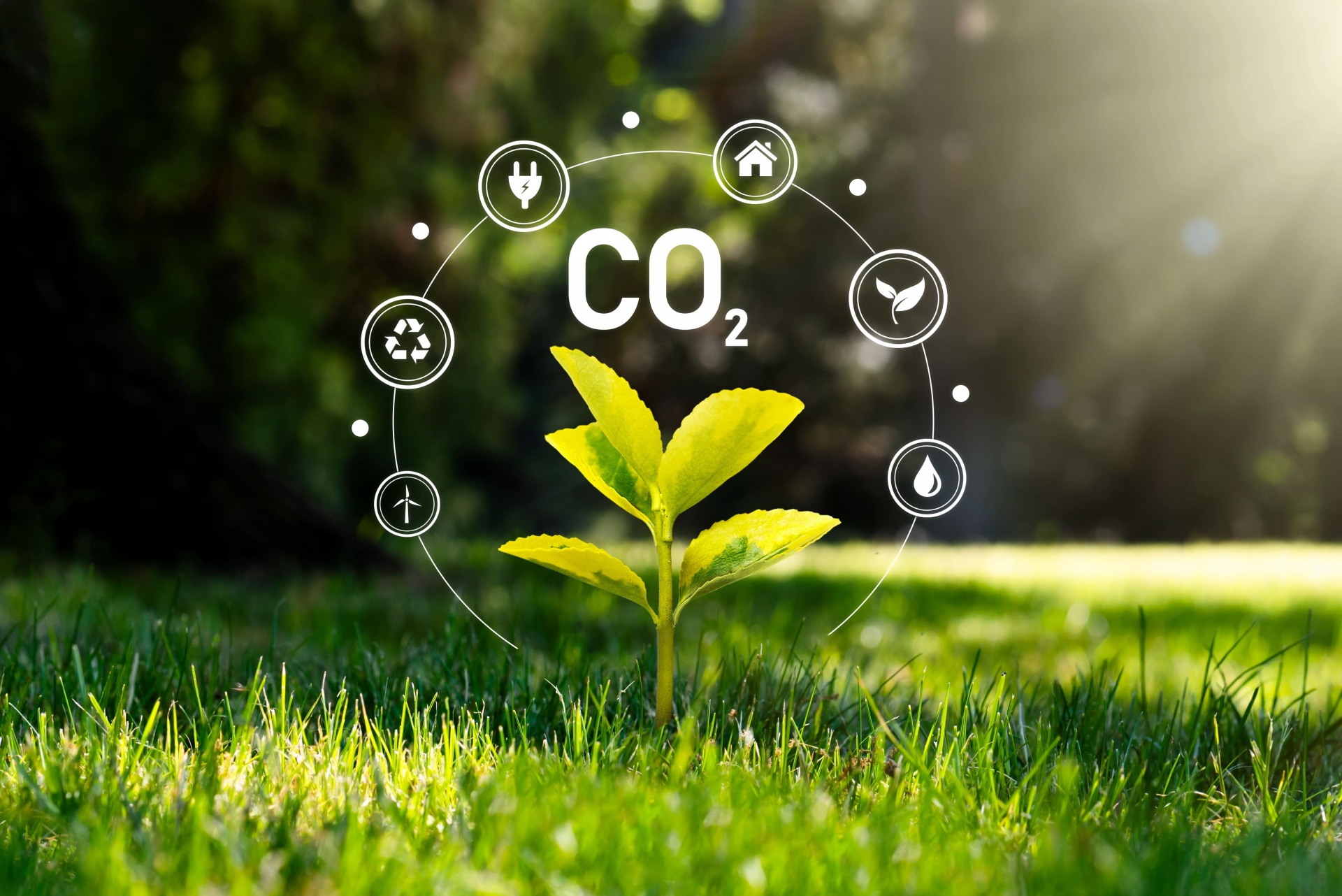
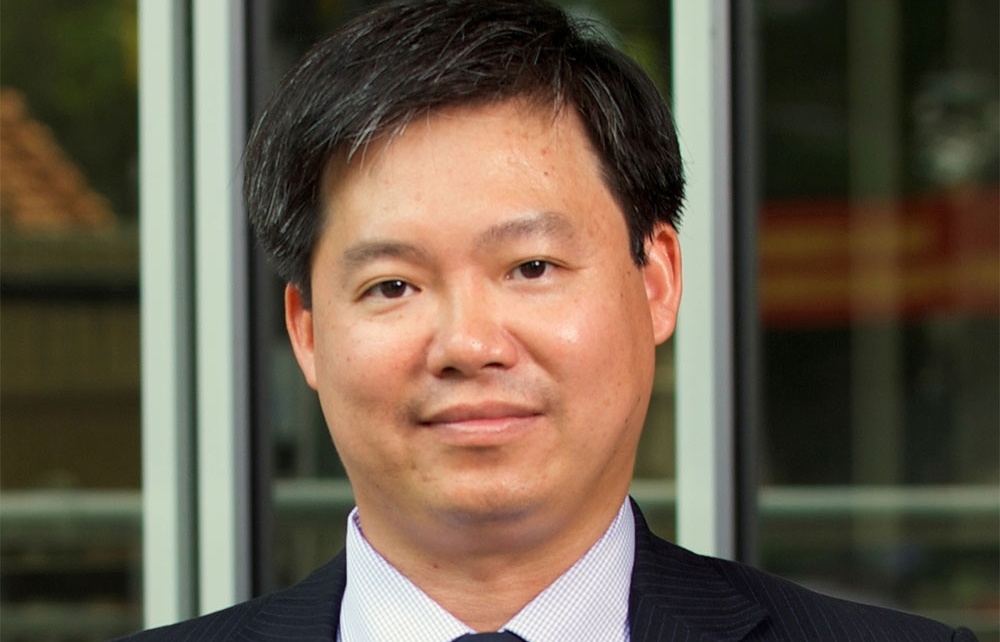



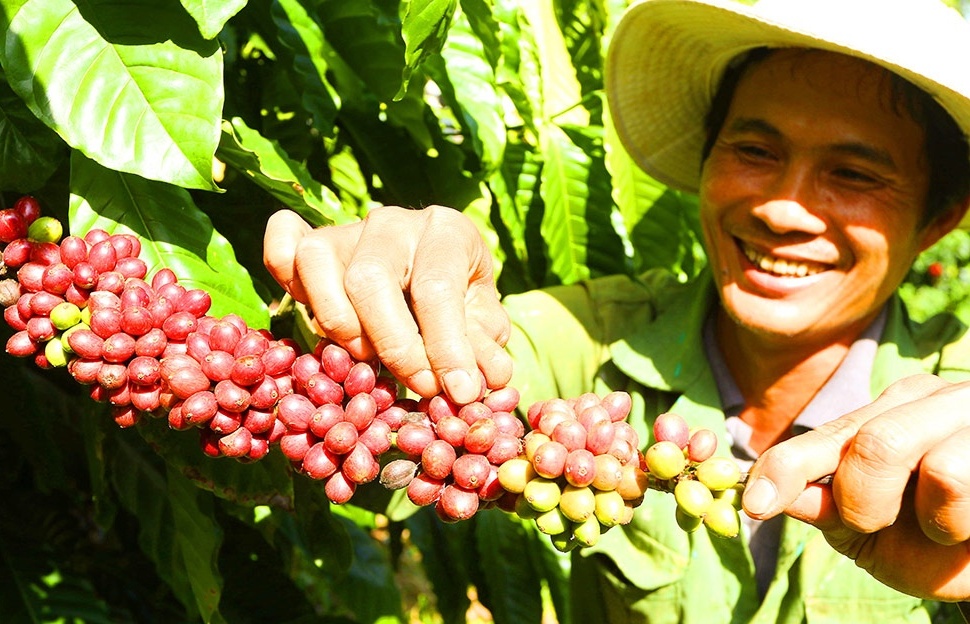
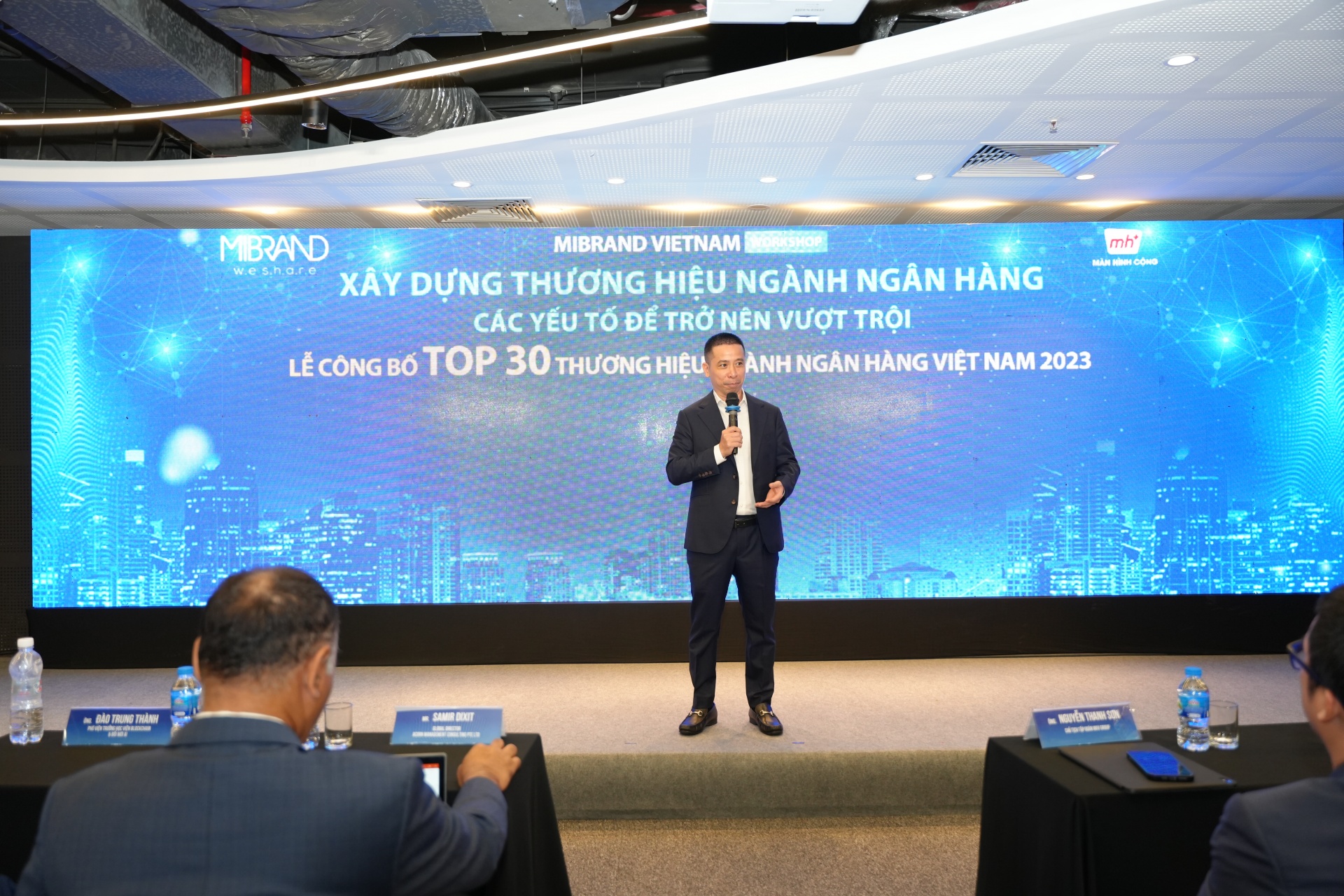



 Mobile Version
Mobile Version